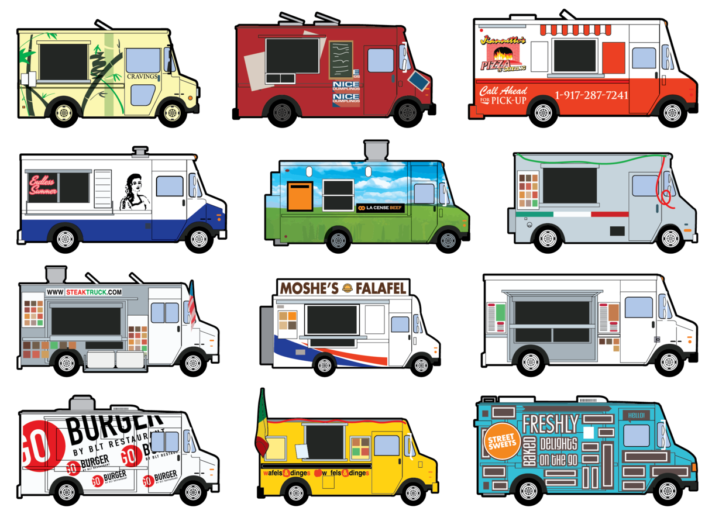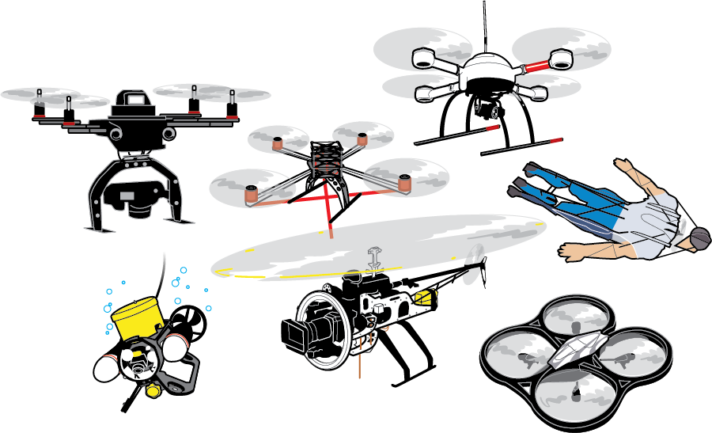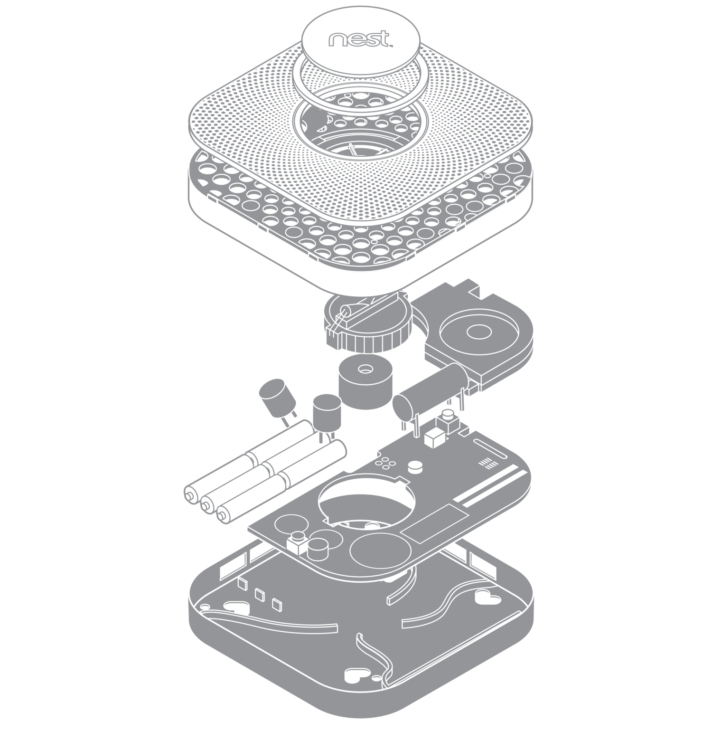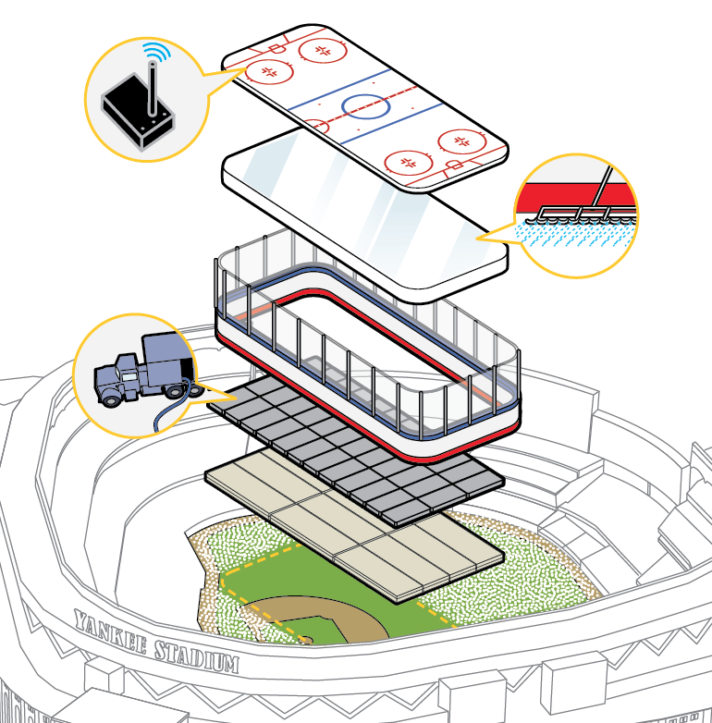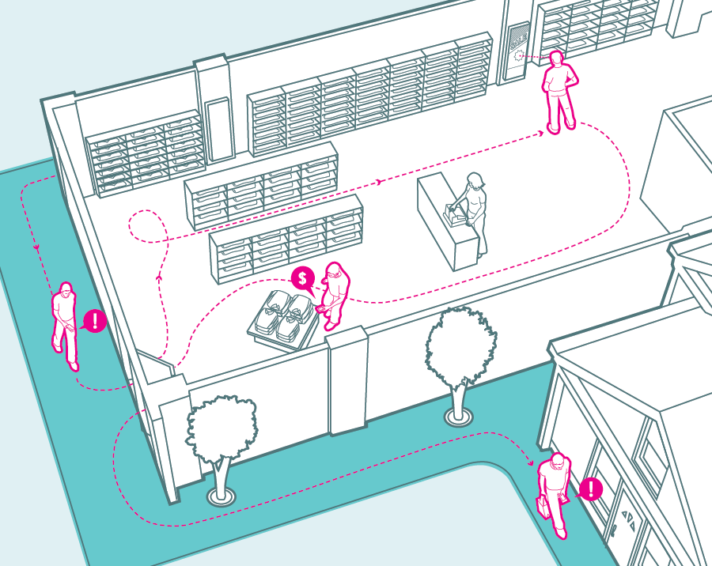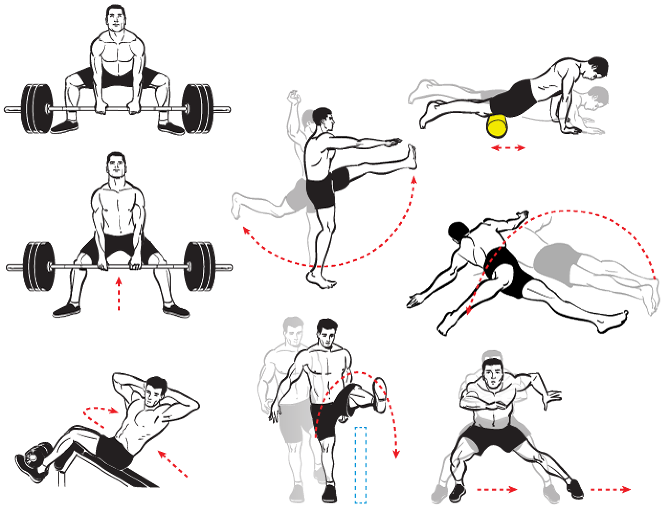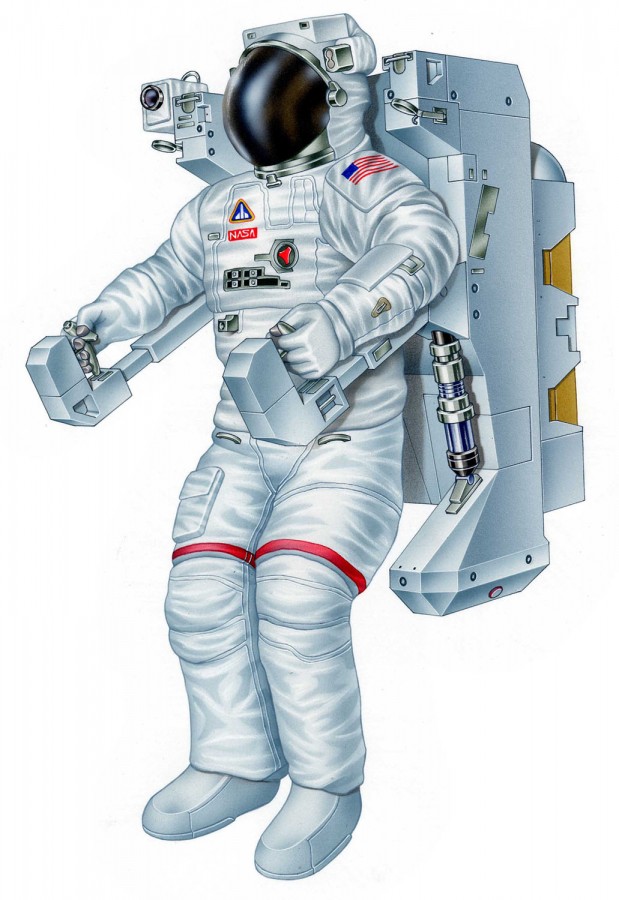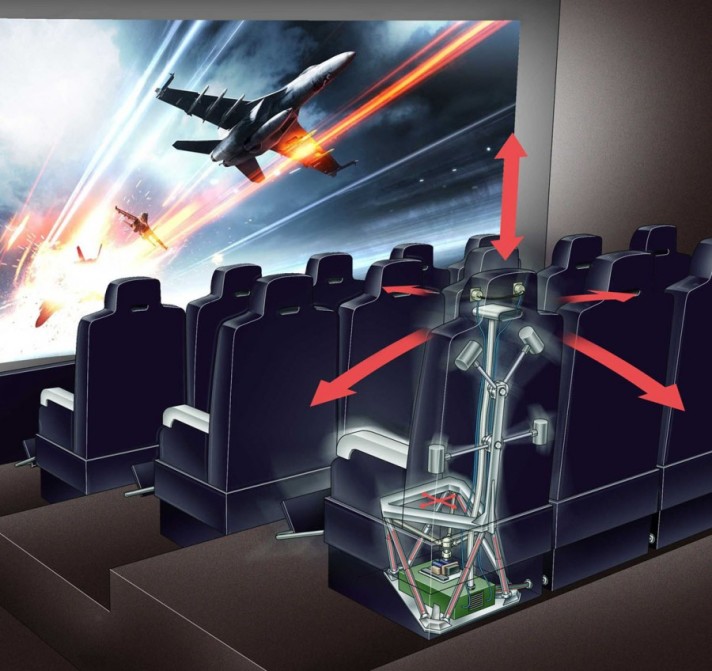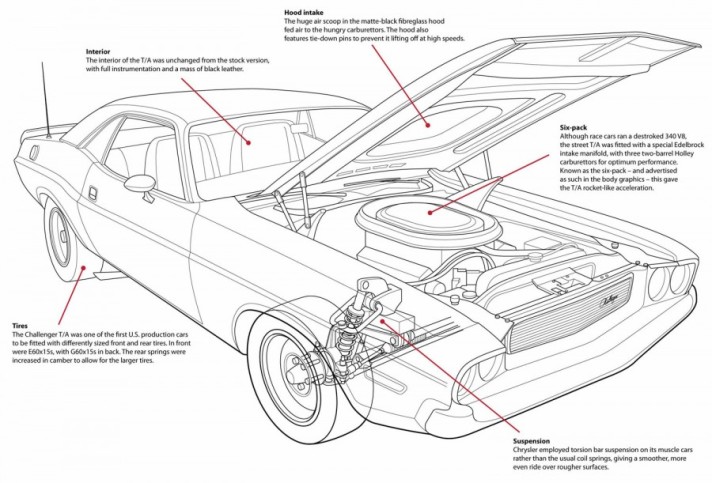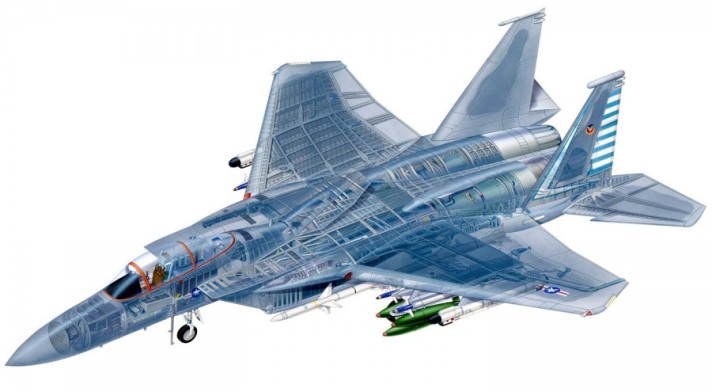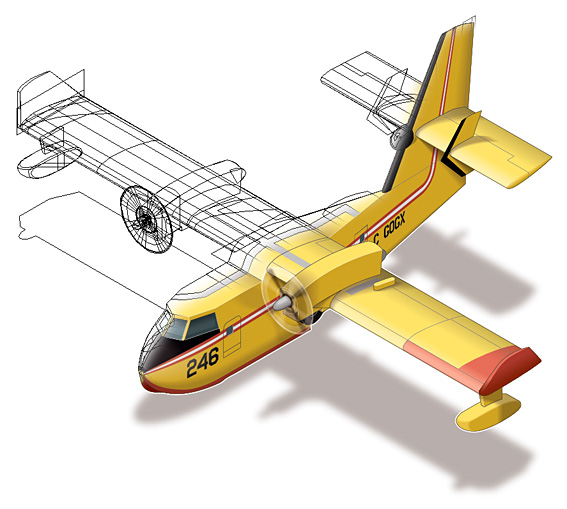YouTube channel Learn Engineering is a great series of videos explaining how everyday objects work. The 3D animations of different gears, motors, coils and fields are clear and really help illustrate the easy-to-understand script.
John Grimwade: Infographics for the People

Illustrator, designer, and educator John Grimwade has started a great blog on information design and data visualization called Infographics for the People.
For his posts, Grimwade pulls together contemporary infographics, historical examples and samples from his prolific career working with newspapers, magazines, books and corporate clients. From his mission statement:
I’m trying to promote infographics that engage the general public. There is a trend towards elitist visualizations, that seem like they might be designed for data geeks. Of course, visual communication is a powerful way to help people understand, but first we have to get people on our side. Be inclusive, not exclusive. And never forget that a sense of fun is an important component in getting our message across. Infographics for the People!
He critiques his old work with self-deprecating humour and encourages readers to learn from his mistakes and to think critically when creating our own work.
Remie Geoffroi
Freelance illustrator Remie Geoffroi creates a wide range of work—from portraits, lifestyle, sports and business editorials to infographics, exploded diagrams, instructional illustrations and architectural drawings. What unites it all is his clean, technical use of vector artwork and a mastery of line quality.
It’s probably this combination of versatility and consistency that keeps art directors calling. Remie has worked with clients including AARP, Sports Illustrated, TIME, ESPN, Men’s Health, Martha Stewart Living and Bon Appétit, and advertising clients including American Airlines, Coca-Cola, McDonald’s, Microsoft and Volkswagen.
How did you get started in illustration?
Drawing was all I ever wanted to do. Through high school I took part time jobs at an animation studio, a screen printer’s art department, etc. I went to college for graphic design because I was pretty hazy on what a career as an illustrator would look like. I ended up being hired as a clip art illustrator right out of college, and set out as a freelancer shortly afterwards.
What is a typical day for you as a freelance illustrator?
I regularly work with magazines (Billboard, ESPN, etc.), and occasionally advertising agencies, Sid Lee, DDB, etc. I recently illustrated “Tools of Titans” the new book from Tim Ferriss, and a book for Gold’s Gym, coming out later this year.
I have a shared studio space where I work from, or I’ll sometimes choose to work out of my home office if the weather is bad or my workload is light.
How do you create your illustrations?
I work almost exclusively in Adobe Illustrator. Many of my illustrations that people have assumed are raster (Photoshop) are actually vector. I like the versatility of being able to tweak the lines. I’ve developed a very streamlined, comfortable process for creating vector artwork. I appreciate being able to revisit files years later to harvest and reuse elements.
You work in a range of styles, how do you choose the style for a particular project?
The assignment usually dictates the style. Art directors usually point to one example or another from my site that they’d like to see. Repeat clients don’t usually request a particular style, as they usually trust where I’ll take a particular project.
What challenges have you faced in your career? What opportunities do you see for the future?
Like most freelancers, workflow can ebb from time to time, and those can be nerve-wracking periods. I’ve been fortunate enough to avoid any true work droughts in my 17 years of freelancing.
I’m optimistic new opportunities will continue to appear. App development wasn’t even a thing a few years ago, and it’s become a major place for illustrators to create and find work.
Magazines were supposed to be dead years ago, and yet they continue. That said, I’ve been sad to see a few fall away recently.
Any tips for illustrators starting their careers?
A successful career as a freelance illustrator is built upon relationships. Recognize that you’re building relationships with your clients, primarily art directors. Be ready and willing to accept their criticism and make changes. Be professional and on time with your work. Be courteous and understand that there are many other illustrators out there, so your attitude can be a big factor in who wants to work with you.
Big thanks to Remie Geoffroi for his time!
Smartphone Isometric Illustration Process
Infographic artist Ninian Carter (previously) has shared another step-by-step isometric illustration process, this time of a modular smartphone and its interchangeable internal components.
Check it out at his blog, Graphic Gibbon.
Mark Franklin
Mark Franklin is a London-based freelance technical illustrator. During his 30-year career, he has illustrated a wide variety of subject matter for clients including Airfix, McDonalds, Tekmats, Rowe Hankins Ltd. and some of UK’s largest publishing houses.
Check out Mark’s portfolio to see the breadth of his work: Mark Franklin Arts
Todd Detwiler
Todd Detwiler is the Design Director at Popular Science magazine and an accomplished illustrator in his own right. At PopSci he is responsible for fusing design, photography and illustration with stories of science and technology’s bleeding edge. As an illustrator he brings his technical aesthetic to the pages of TIME, ESPN and Washingtonian.
What’s your background? How did you get started in editorial design?
My junior year of college I secured an internship with Maxim magazine. It was the result of a funny letter I wrote to the then-art director David Hilton – who got a kick out of the flippant humor and gave me a call. I had interviews at Details and Rolling Stone as well, but Maxim offered me the internship and I moved from rural PA to New York the next week.
I was really at Maxim at the right time. Felix Dennis had brought his lad-mag over from the UK and it was lighting the magazine world on fire. It was there that I met people who would shape my career in magazines and illustration. I graduated a year later from Kutztown University and started working for Maxim full-time. Along with some junior design work, I was the resident icon artist and occasional spot illustrator. I was cheap (free) for the company, and I was just happy to have some work in print. It was a win-win really.
In 2005 I left Maxim and started working at Rolling Stone before being offered an attractive Art Director position with Hearst working on the development of a new Men’s Magazine. The project didn’t pan out and I started a freelance design career which took me around the publishing houses of New York and abroad until I settled down with Popular Science in 2011.

What do you do as Design Director at Popular Science?
As the DD of Popular Science, I led the team responsible for the 2014 redesign, along with an overhaul of the logo and brand guidelines. On a day to day basis, I do all the typical art department work loads – hire illustrators, design pages for features and front of book, brainstorm photo concepts, etc. It’s a small but talented art team at Popular Science – and I give them a lot of credit for making the magazine smart and efficient.

What makes for a good illustration? What can illustration do that photography can’t?
The best illustration communicates an idea quickly and clearly with some personality. I would also add that the process of commissioning the illustration makes it a “good” illustration. If deadlines are met and the work matches what is expected – that makes everyone’s life easier.
Photography can be expensive. With an illustration you can build a world that is immersive at a fraction of the cost. You can also build uniformity with illustration that can be a struggle with photography if you are using pick-up art from multiple sources. Both have a place in Popular Science, and we are very conscience of the balance in every issue.
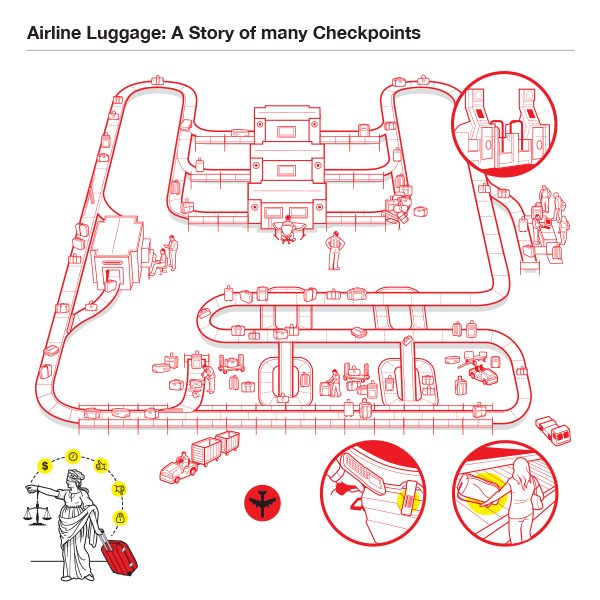
What do you think makes the technical illustration aesthetic so popular in magazines?
Well, it’s been around for awhile, hasn’t it?! I was just looking at an instruction manual from the 60s the other day that was amazingly drawn. My hat goes off to the illustrators that were so meticulous with ink and pen. It’s a lot easier with a mouse and “command+z”..
Regarding the aesthetic, I think the thick rules on the outside give the objects separation and weight, and the thin lines detail and clarity. People love exploded views because they can see what’s happening on the inside – something the PopSci reader loves. Ultimately, I think the style of illustration removes clutter and anything unnecessary to reveal the essence of the subject. It circles back to direct communication, free of any additional interpretation for the viewer.

In addition to your role at PopSci, you also moonlight as an illustrator. What drives you to illustrate?
I love illustration as much or if not more than editorial design. But what actually drives me to create illustrations is seeing the work of others. I’m constantly impressed with the level of design being generated by artists, and I can’t help but be inspired to create and learn.
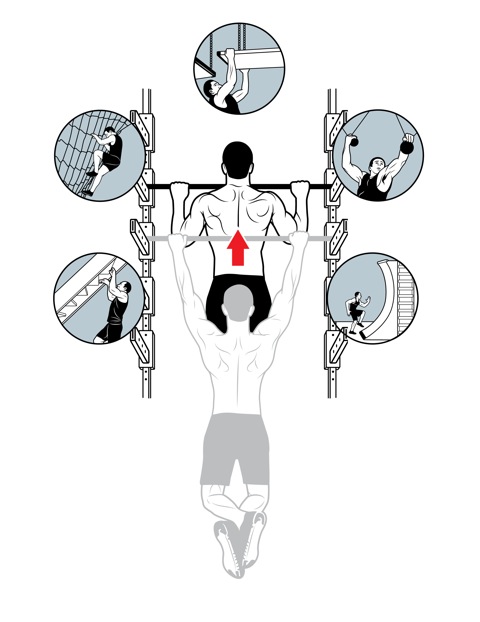
What do you see for the future of publishing or illustration? Any advice for new illustrators or students?
The future of publishing is digital with print declining over the next 5 to 10 years. Illustrators need to be quick and consistent. I see enormous opportunity for illustrators in the digital News sphere. When breaking news happens, how fast can you turn out an editorial perspective, or even better – a comprehensive breakdown of what has happened or is happening. The world demands answers immediately and if you can act quickly, you’ll be very successful. Also, take your phone out of your pocket – that’s your new canvas – get used to it!
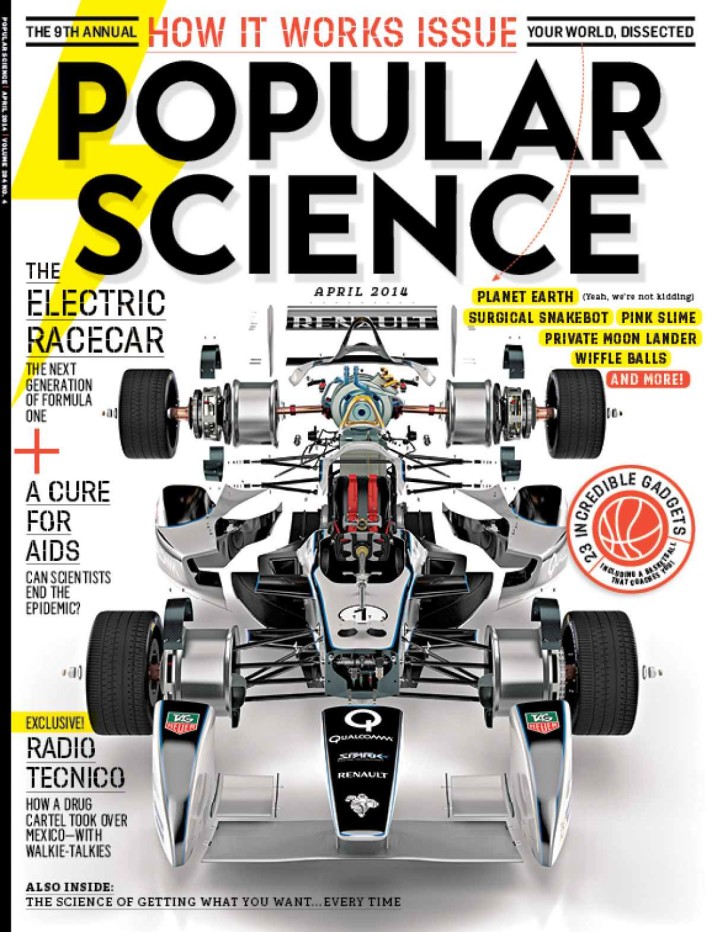
You worked with Graham Murdoch on the Electric Racecar project for PopSci. What was that like?
He’s just the best. I’ve been working with him since the Maxim days and he has always made me look good. For the Formula E assignment I sent him a bunch of scrap art and he was able to build out the entire car based on the reference I sent along with his own research. When it came to “exploding” everything apart, I know he spent a lot of time meticulously unscrewing every bolt and washer. The result was amazing, and it set the bar high for everyone in the magazine.
Big thanks to Todd for his time. You can find his work at ToddDetwiler.com and on newsstands everywhere.
Chris Philpot
Open any magazine on the newsstand and inside you’ll likely find an illustration by Chris Philpot. He creates humorous how-tos, conceptual illustrations, infographics and animations for some of the biggest and best, including Time, Wired, Popular Science, Outside and Men’s Health .
I got in touch with Chris to ask him a few questions about his work, how he got his start in illustration, and what the future may hold.
What’s your background? How did you find your way into illustration?
I wanted to be an illustrator in high school but read articles from practicing illustrators predicting the demise of the profession. I decided I should get a degree in design to ensure a more stable income. That lead me to a job as an editorial art director for about 12 years. While I grew to enjoy design, I still really wanted to illustrate so I started freelancing on the side. Five years of moonlighting gave me enough of a base to make the switch. It was a scary transition, but my wife was incredibly supportive. I’ve been illustrating full time for the last six years. It’s been great. I make more money, have more autonomy and am much more fulfilled creatively.

What are your favorite subjects or types of project?
A technical approach is surprisingly versatile. You can add a subtle joke to dry stories. You can take irreverent or taboo stories and make them presentable to polite society. You can take a really funny story and the art can play the role of the straight man. I read a lot of Gary Larson cartoons growing up and would turn every job into a one-panel Far Side cartoon if I could. My favorite types of projects involve subjects that are fun to draw like monsters, robots and octopuses.
Your style is really consistent, how important is that? How did you develop your aesthetic?
The consistency comes from a few places. Mostly, I need to produce a lot of work to meet my income requirements each month so the volume dictates a certain formula. I try to improve with each job. If a new technique works, I add it to the list of best practices. I’ve also found that art directors are coming to me for the work they see in my portfolio. If I send something too different they often direct me back to the look and feel of my portfolio (I still send in variations if I think they’re better.) I also use a lot of 3-D models for reference. That definitely adds to the consistency, especially in the proportions of people. I’m pretty lanky so using myself as reference wasn’t working out.
What’s your process for a typical assignment? What hardware and software do you use?
I take the brief from the client and request any missing information like story details, budget and schedule. I try to get as close as possible to a final draft by the sketch deadline. It puts the art directors and editors at ease and I think everyone is more inclined to approve things. Revisions hurt profits and the end of the time line breeds a revise-happy anxiety. This is sometimes unavoidable of course.
Regarding software, I use a lot of inexpensive models from Daz3d and Turbosquid for reference when I can and trace the renderings out of Poser or Blender with Illustrator. For hardware, I buy a top-of-the-line iMac every 4 years and use a Wacom intuos4. The tablet was the single best addition to my work flow. I’m not sure how I ever drew with a mouse.
Animation started in Flash but is now done exclusively with After Effects.
What challenges have you faced in your career? What opportunities do you see for the future?
Transitioning from a full-time job to full-time freelancer was a challenge. I worked a lot before going to the office, during lunch breaks and after I got home. Now my biggest issue is working from home with three kids. I love being available for them and I need to be productive so it’s a balancing act sometimes.
There are always opportunities for illustrators to pitch or generate their own content. When the iPad came out, everyone in the editorial world started experimenting with video for the app version of their magazines. I’ve always toyed with motion so it was a good opportunity to try something. The business etiquette series for Entrepreneur magazine (written by Esquire Articles Editor Ross McCammon) was supposed to be a simple illustration with some movement. I asked if I could take on the larger sidebar and to their credit they let me try. Once the longer video was approved they agreed to a fee I proposed. I asked a friend and former coworker Tyrrell Cummings if he would help me with the storyboards. It came together nicely and we’ve done a one-to-two minute short video each month for the last three years.
You’ve worked with some of the biggest and best clients. Any tips for illustrators starting out?
It was uncomfortable at first, but I put myself out there with an online portfolio and 4 x 6 postcards. I was turned down by representatives so I had to go it alone. The initial images were primitive. I did jobs for friends and for the in-flight magazine I worked for at the time. That gave me enough of a portfolio on which to build.
If you’re starting out, just keep producing the work you’re excited about and make it visible. Keep updating it. The days add up, and if you stay active you’ll get somewhere. I didn’t enjoy instant gratification but I did get eventual gratification.
Chris’ work can be found at ChrisPhilpot.com
Style versus Communication
I’ve been meaning to write about style — the design and arrangement of visual elements that creates a tone or voice in an illustration, throughout a project, or across an illustrator’s entire body of work. More specifically, how style conflicts and complements with a technical illustrator’s role of visual communication.
This critique of dozens of newspapers’ adaptations of an Associated Press graphic serves as a great introduction to the topic. News graphics veteran Charles Apple dissects the minute decisions made by the various papers’ editors in the name of visual appeal, visual communication, story telling and branding.
Is technical illustration more about visual communication or style?
How do you compromise between the two?
[A Look at Tuesday’s Graphics-Heavy bin Laden Presentations]
Richard Chasemore
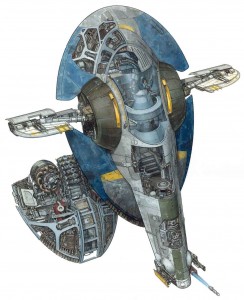
Traditionally painted cross-section of a space ship from Star Wars Episode II
There are many unique forms of technical illustration out there. Some illustrators from time to time get to expand the realm of technical illustration by depicting not only what exists in our real world and what makes it work, but get the opportunity to reveal the inner workings of fictional vehicles and worlds.
Richard Chasemore has worked for various clients throughout the years producing detailed work and is well known for his works featured in DK publishing and Lucas Books’ Star Wars: Complete Cross Sections and Star Wars: Complete Locations. I recently had the opportunity to ask him a few questions:
What is your background? What inspired/got you into the field of technical illustration?
I did a four year course in technical illustration at Bournemouth and Poole College of Art and Design. I came across the course quite by accident when I jumped on a school bus that took me to the Art College and when I saw the technical illustration department I just said to myself that’s what I want to do.
How did you start working for DK publishing? What were some of the projects that you did for them?
I was working on the See Inside series of books for DK when Hans started work on the Star Wars Project and I was brought in to help out.
What led you to produce the Star Wars Complete Locations and Complete Cross Sections books as well as later works for Indiana Jones? What was it like working for Lucas?
The locations books were incredibly hard work, but great fun as was the Indiana Jones arts. Everyone at Lucas Films were amazingly kind to us, letting Hans and I work in the art department alongside their amazing artists. We did meet Mr. Lucas and he was a really nice guy.
What is your process like?
Starting with very simple pencil works, building up to a complicated finished pencil which is then inked and painted in gouache.
What was your favorite thing you’ve worked on or best experience you’ve had so far as a technical illustrator?
I am working on Incredible Cross Sections Clone Wars at the moment which is all done in 3D and is looking amazing.
Any advice to technical illustrators just starting out?
Just keep working, day and night!
Richard’s work can be found at RichardChasemore.co.uk
Step-by-Step Isometric Aircraft
Award-winning editorial and news graphics artist Ninian Carter shares his processes for producing a complex isometric illustration of a water-bomber aircraft in Adobe Illustrator. Ninian also generously makes his Illustrator file available for download at the bottom of the page so you can open it up and explore.
By no means is this a do-as-I-do tutorial, but it looks like he uses a scale-shear-rotate method similar to Cody Walker’s Advanced Isometric Tutorial.
